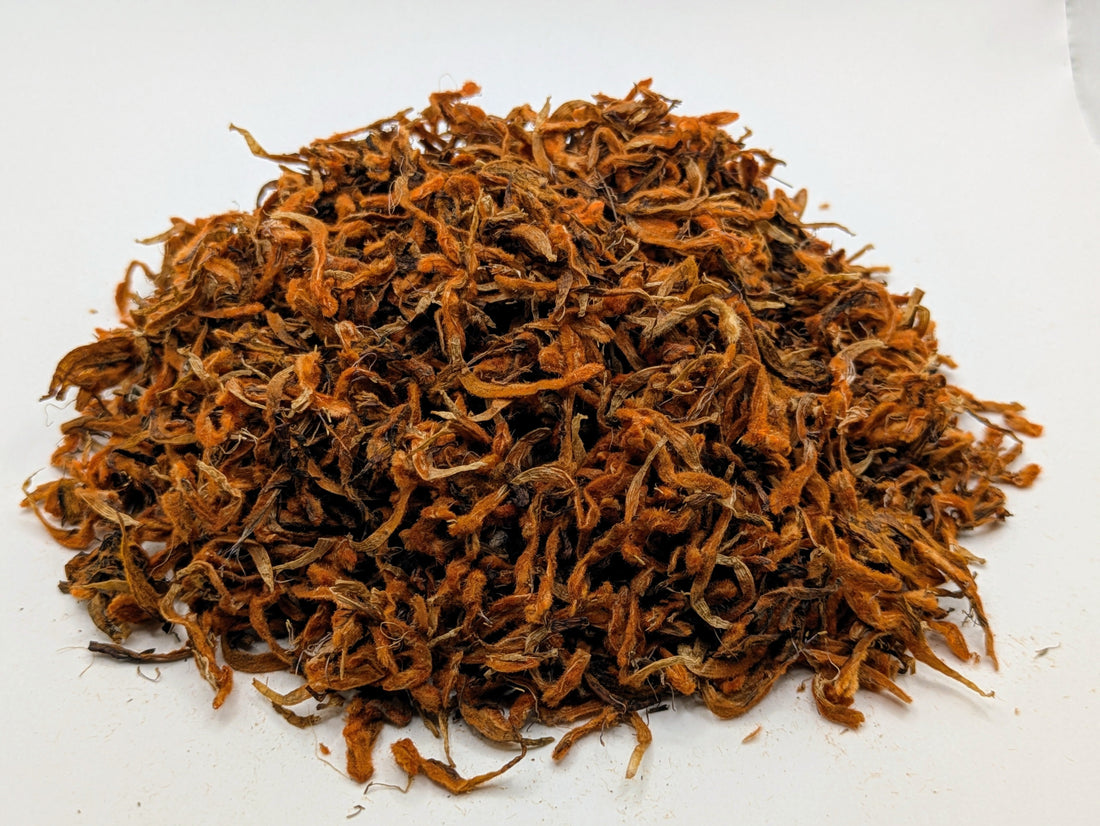
Wild Dagga – Nature’s Lion’s Tail
Introduction
For centuries people have been fascinated by the way plants connect us to nature and to traditions that stretch back thousands of years. Among these remarkable botanicals is wild dagga, better known as Lion’s Tail. This vibrant orange flowering plant has earned a place in herbal lore for its striking look and the calming energy it is said to bring. Today it continues to capture the curiosity of herbal enthusiasts and those seeking natural alternatives for wellness.
What is Wild Dagga?
Wild dagga, or Leonotis leonurus, is a tall, leafy plant native to South Africa and parts of the surrounding region. Its long, spiky flowers burst in rings of bright orange, which is how it came to be called Lion’s Tail. In the wild it thrives in sunny landscapes, growing into a striking presence that has long drawn the attention of healers and herbalists alike.
Traditional Uses of Wild Dagga
In African traditional medicine wild dagga has held an important role for generations. It has been used in folk remedies for relaxation, spiritual practices, and ceremonial purposes. Communities valued the plant not only for its potential soothing qualities but also for its role in connecting people to the rhythms of nature and to each other. These traditions are still remembered today, and they provide the foundation for modern interest in the plant.
Modern Interest in Wild Dagga
As more people explore herbal wellness, wild dagga has found a new audience. It is often blended into teas, tinctures, or smoke mixes, making it a versatile herb for those looking for calming experiences without the heaviness of stronger substances. Many compare it to other relaxing botanicals, such as passionflower or damiana, but wild dagga carries a character all its own, often described as gently uplifting and smooth.
Benefits Associated with Wild Dagga
Wild dagga is often associated with a sense of relaxation and emotional balance. Some describe the effects as lightly euphoric, creating a mild lift in mood while also bringing calm. Because of this it is sometimes used in meditation, yoga, or other mindful practices where a quiet but steady energy is welcome. While experiences can vary, its reputation as a gentle herbal ally continues to grow.
How to Use Wild Dagga
There are several ways to enjoy wild dagga, each offering its own experience. Many prefer brewing the dried leaves and flowers into a tea or infusion, allowing the warm water to extract its subtle properties. Others include it in herbal smoking blends, where it can complement other calming plants. Tinctures and extracts are another option for those who like a more concentrated approach.
As with all botanicals, moderation and respect are important. Start with small amounts and pay attention to how your body responds. Avoid combining it with other strong herbs or substances until you know how it affects you.
Sustainability and Ethical Sourcing
As wild plants grow in popularity it becomes more important than ever to support responsible harvesting. At Astral Herbal we are committed to working with growers and suppliers who share our values of sustainability and care for the earth. We believe in providing herbs that are not only effective but also ethically sourced, ensuring that traditions can continue without harming the ecosystems they come from.
Why Shop Wild Dagga at Astral Herbal
When you choose Astral Herbal, you’re not just buying a product. You are supporting a mission built on quality, authenticity, and respect for the plants we carry. Our wild dagga is carefully sourced, thoughtfully packaged, and offered with the same care we put into all of our herbal offerings. If you are curious about exploring Lion’s Tail for yourself, you can browse our wild dagga collection directly in our Astral Herbal shop.
